You just ran a social media ad campaign. Thousands saw it, but conversions were low. What went wrong? The answer lies in how you interpret reach, impressions, and engagement—three metrics often mistaken as interchangeable.
When talking about performance in online marketing, reach, impressions, and engagement are often the three metrics that come up during discussions. These metrics tend to be viewed as synonyms of each other. However, each of these metrics defines how an audience interacts with your content differently. Their differences matter when developing marketing strategies and assessing their effectiveness. Let’s explore each metric and its importance.
What Is Reach?
Reach is the number of unique people who see your content. Reach measures how far your message spreads among unique users. In contrast, impressions refer to the total number of times content is displayed, regardless of whether it’s seen by unique users. For example, if one person views the ad multiple times, it counts as multiple impressions but only one in reach.
Types of Reach:
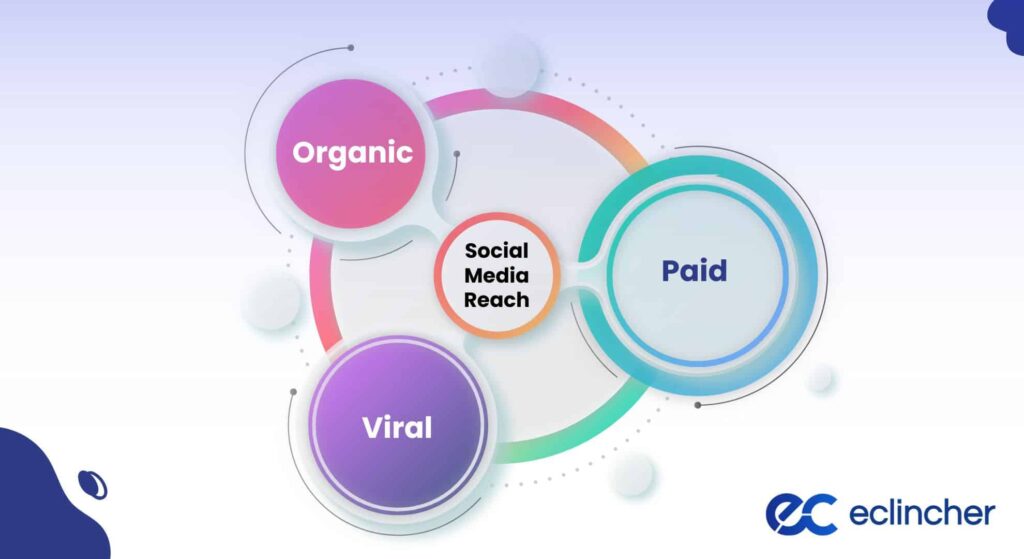
- Organic Reach: The number of people who see your content without paid promotion (e.g., through followers or shares).
- Paid Reach: The audience exposed to your content via advertisements or sponsored posts.
- Viral Reach: The viewers who see your content because it was shared by others.
Why Is Reach Important?
Your reach is an important indicator of the number of people who see your message, think about it as capturing a ‘headcount’ of your audience, while impressions reflect total exposures.
This metric allows you to estimate the possible value of your advertising campaign and its influence on your potential audience. Marketers use reach analysis to determine whether they effectively build brand recognition among the target audience and whether they are creating lasting impressions.
How to Calculate Reach:
Reach can be calculated as a percentage using this formula:
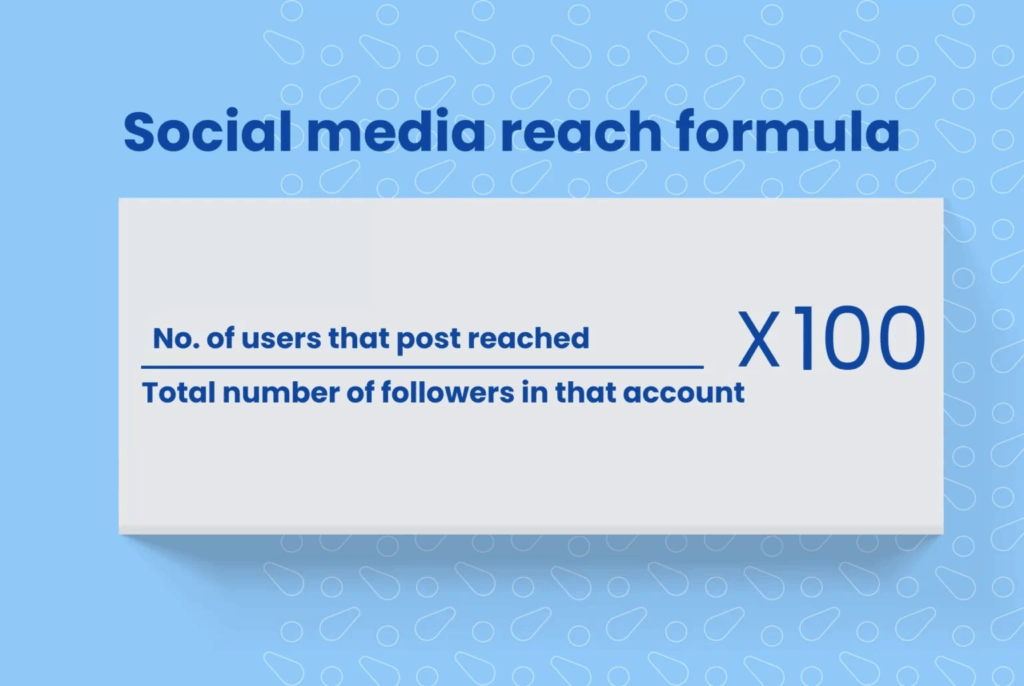
For example, if 10,000 unique users saw your ad out of a target audience of 50,000, the reach would be:
Reach (%)=(10,000 / 50,000)×100=20%
What Are Impressions?
In the simplest form, impressions show the number of times any piece of your content has been displayed on a screen, whether it is an ad, a photo, or a video, regardless of whether it received a click or any kind of attention from the audience. To give an example, if an advertisement shows on a user’s feed thrice, that counts as 3 impressions, even if the same person views it multiple times.
How to Calculate Impressions:
Impressions are straightforward to calculate:
Impression = Total Number of Times Content is Displayed
For example, if your ad appeared 20 times on one user’s feed and 30 times on another user’s feed, the total impressions would be:
20+30=50 impressions
Key Characteristics:
- Impressions do not account for unique viewers, they only track display frequency.
- Advertisers frequently track this to measure the visibility of advertisements on platforms like Google Ads, Facebook, and Twitter.
Why Do Impressions Matter?
Impressions give valuable information about the level of exposure your content has received. High impressions indicate strong content visibility, though they don’t necessarily translate into engagements or conversions. As a metric, impressions are useful when measuring the impact of ad placements and can serve as an initial indicator in the broader strategy of conversion optimization.
What Is Engagement?
Engagement goes beyond just likes, shares, and comments—it also includes interactions such as clicks and time spent on a page. This reveals the level of engagement and interest of your audience on a particular topic.
How to Calculate Engagement:
You can derive engagement as a percentage by employing:
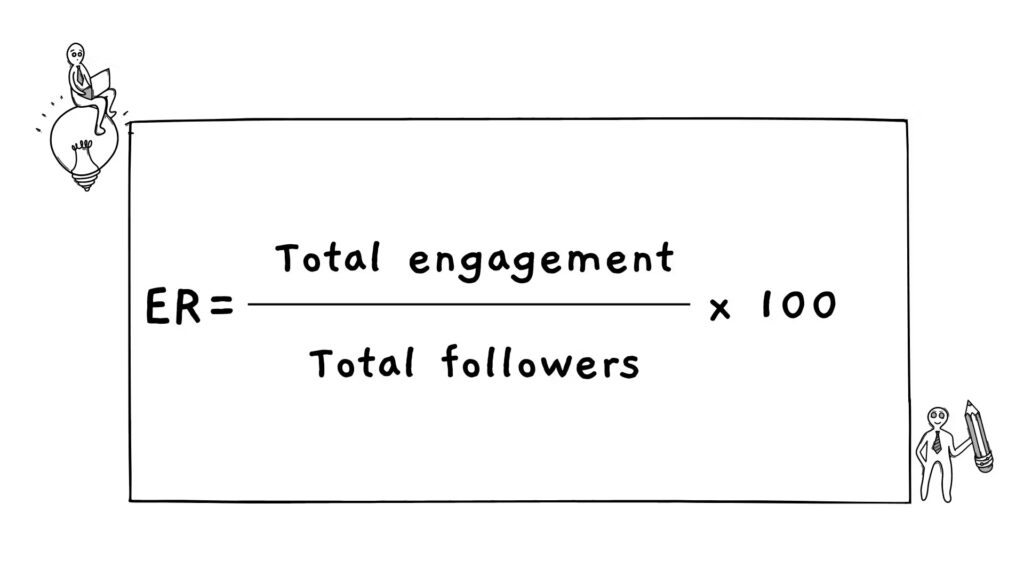
For instance:
If a post is given 500 likes and 100 shares alongside 50 comments (Therefore, 650 interactions in total), and it reaches 10,000 users:
Engagement Rate (%) = (650 / 10,000) × 100 = 6.5%
Examples of Engagement Metrics:
- Social media likes, shares, and comments.
- Click-through rates (CTR) on ads or links.
- Video views or watch time.
- Conversions (e.g., purchases or sign-ups).
Why Is Engagement Crucial?
Engagement measures how accurately your audience interacts with your content, confirming its appeal to the intended population. High engagement metrics are typically an indicator of relevance, interest, and increased chances of repeat business, brand loyalty, and enhanced conversions. Many marketers consider this the most relevant metric for determining effectiveness in a campaign.
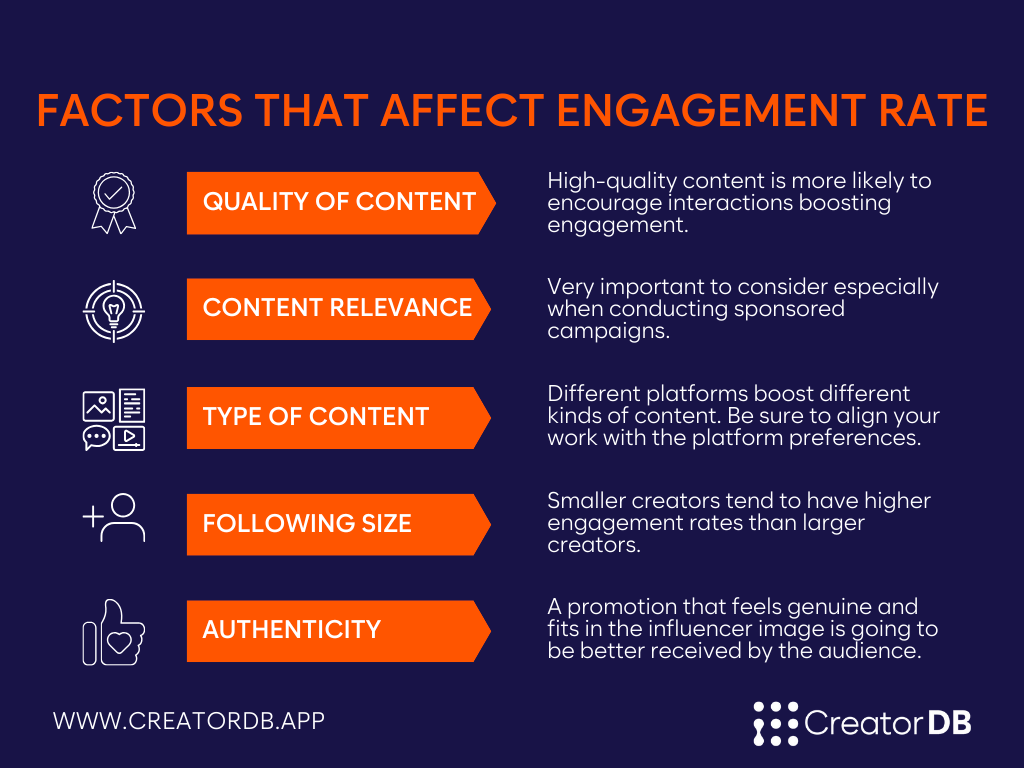
Comparing Reach, Impressions, and Engagement
To better understand these metrics in practice, here’s a comparison:
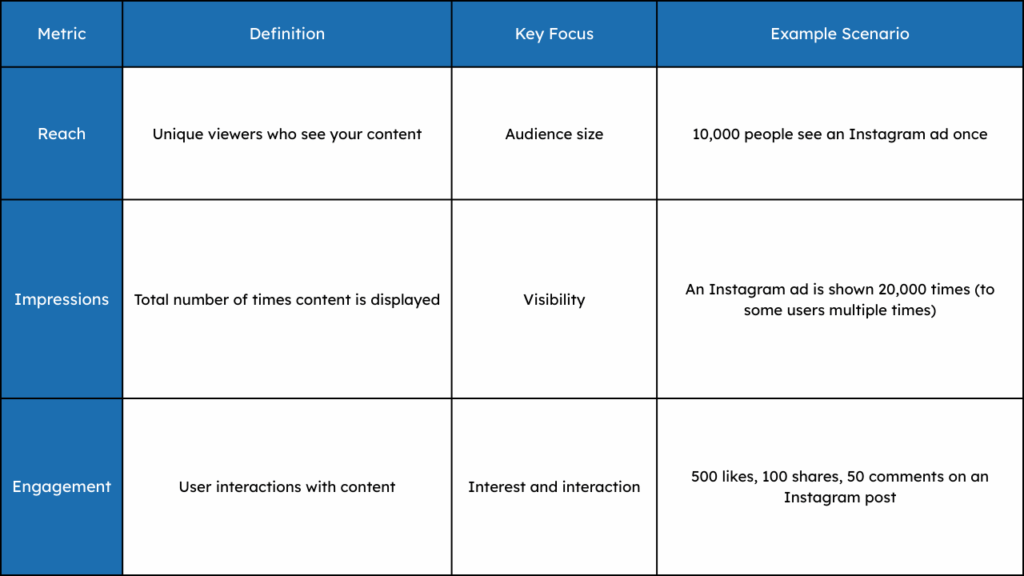
How Do These Metrics Work Together?
Though each metric has its individual parts, they are all related:
- Reach explains the number of people who come across your message.
- Impressions inform us how often people see your message.
- Engagement explains how audiences either respond to or react to a provided message.
As an example:
- Low engagement with high reach suggests that the content was viewed by a lot of people but did not resonate.
- Low reach with high impressions could indicate repeatedly showing the ad to a smaller audience, which may indicate the audience may be getting tired of the ad.
Platform-Specific Metrics
Every social media platform measures reach and impressions in its own way. Knowing these distinctions can really help you make sense of your analytics:
- Facebook: Reach includes all types of views – viral, paid, and organic – while impressions track every time your content is shown.
- Instagram: Reach refers to the unique accounts that see a post, whereas impressions also account for repeated views of Reels.
- TikTok: Reach is unique accounts watching a video; impressions are total video views.
- YouTube: Reach is viewable in the ‘Reach’ tab; impressions occur when 50% of a thumbnail is visible for 1 second.
- X: Reach isn’t natively measured; impressions are total post appearances.
When to Prioritize Each Metric
- Reach: Concentrate on reach when launching your new product or entering different markets to broaden your audience.
- Impressions: On competitive markets or when attempting to recognize a brand name for the first time, prioritize impressions.
- Engagement: Focus engagement to increase loyalty, interaction, or conversions.
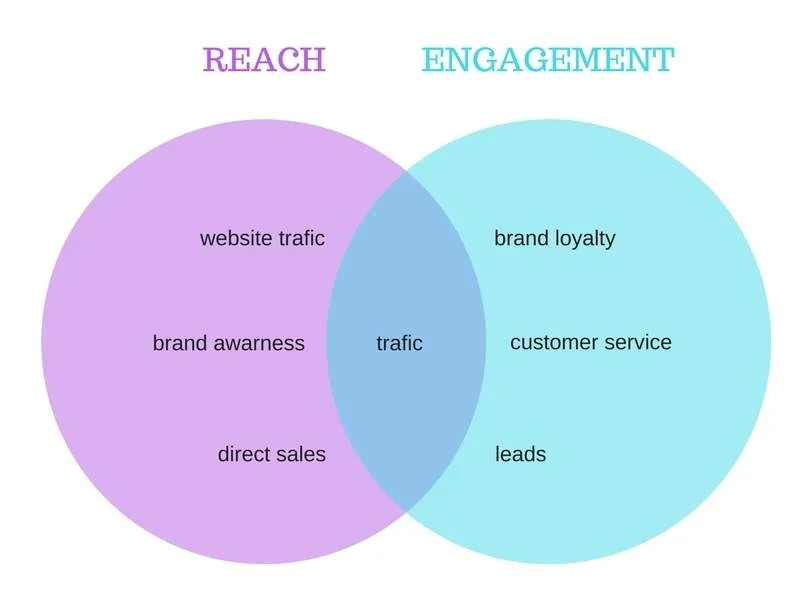
Tips for Optimizing Reach and Impressions
If you are running a social media marketing campaign, you may want to pay additional attention to the following suggestions:
Improving Reach:
- Reach new customers by posting on multiple social media sites.
- Use Paid Ads to increase website traffic.
- Work with influencers to gain exposure to their followers.
- Create shareable content to increase reach among the audience.
- Enhance website traffic through SEO.
Improving Impressions:
- Increase how frequently you post content to help people become familiar with you.
- Attention-grabbing pictures can capture the audience’s attention.
- Brand collaboration enhances advertising visibility via cross promotion with other brands.
- Make sure your content aligns with the algorithms of the platform.
- To maintain visibility, promote evergreen content regularly.
Improving Engagement:
- Ask questions or run polls to encourage audience participation.
- Respond promptly to comments and messages to build community.
- Share behind-the-scenes content to create a personal connection.
- Use stories, reels, or live sessions to interact in real time.
- Post user-generated content to show appreciation and build trust.
- Add clear calls-to-action (CTAs) to guide user interaction.
General Guidelines Across Platforms
- Post-Campaign Evaluation: It’s important to evaluate how far a campaign reached right after it wraps up. This helps determine its success and return on investment (ROI).
- Visibility Audits: Conduct visibility audits monthly to track visibility trends over time, identify your best-performing content, and make any necessary strategic adjustments.
- Establish Primary Metrics: Prior to launching new initiatives or strategies, it is necessary to measure your reach and set benchmarks using baseline data comparison.
- Reach Evaluation on a Daily Basis: On platforms with dynamic speeds like Twitter, ensure to assess and follow your reach on a daily basis, particularly in the course of live events and in the presence of trending topics.
The frequency of calculating social media reach varies by platform due to differences in audience behavior and content lifespans. By tailoring your approach based on platform-specific dynamics, you can make informed decisions about optimizing your social media strategy. Regular monitoring not only helps track progress but also ensures you remain agile in responding to trends and audience feedback.
Optimizing Campaigns Using These Metrics
To maximize digital marketing efforts:
- Boost Reach: Expand your audience by using promotional ads and teaming up with influencers.
- Increase Impressions Strategically: Make sure your ad frequency is just right—enough to be effective but not so much that it annoys your audience.
- Enhance Engagement: Craft engaging calls-to-action (CTAs), share interactive posts, and personalize your messaging to really connect with people.
Additional Tips-
SEO and Content Optimization Tips
Keyword Research:
Use tools like Google Keyword Planner to identify high-volume keywords related to your topic and incorporate them naturally into your content.
When delving into “digital marketing strategies,” checking out related keywords like “social media marketing,” “SEO tips,” and “content marketing” can be really beneficial.
We have published different blogs on SEO keywords:
Long Tail Keywords vs Short Tail Keywords: What’s the Difference?
On-Page SEO:
Make sure to optimize your title tags, meta descriptions, header tags (like H1, H2, H3), and image alt text with relevant keywords. This can really help boost your search engine rankings.
Best Practice: Keep title tags under 60 characters and meta descriptions under 160 characters to ensure they display properly in search results.
3. Link Building:
Prioritize acquiring reliable backlinks from trusted websites. This boosts your site authority while broadening the audience you can reach organically.
Strategy: Locate related blogs and websites within your niche and offer to guest post or exchange backlinks.
Whether your goal is brand awareness or increased sales, understanding and applying these metrics effectively is essential in today’s competitive digital landscape.
Frequently Asked Questions (FAQ)
Q: Why are my impressions higher than my reach?
If content is displayed multiple times, impressions are counted, but reach only counts unique users. If one user views your ad multiple times, this single user will stack up multiple impressions, hence your impressions will exceed your reach.
Q: What’s a good engagement rate?
“Good” engagement rate varies depending on your business, the channel you’re using, and depending on whether it is a post, video, or image. Generally, an engagement rate from 1% to 5% is reasonable, but it is important to check your industry benchmarks.
Q: How can I improve my reach organically?
To boost your reach without spending, focus on crafting high-quality content that others will want to share, optimize your posts for SEO, and actively engaging with your audience.
Grasping and effectively using reach, impressions, and engagement can really elevate your digital campaigns from ordinary to exceptional. Through these metrics, marketers can manage their strategies to improve reach and build authentic connections with their audience.
Whether your goal is brand awareness or increased sales, understanding and applying these metrics effectively is essential in today’s competitive digital landscape.






